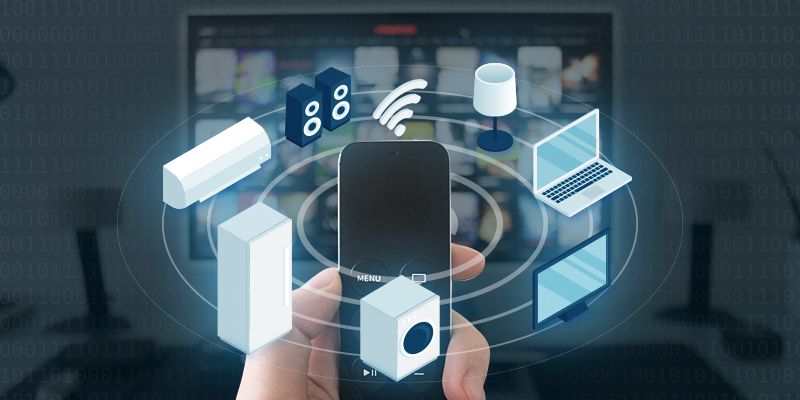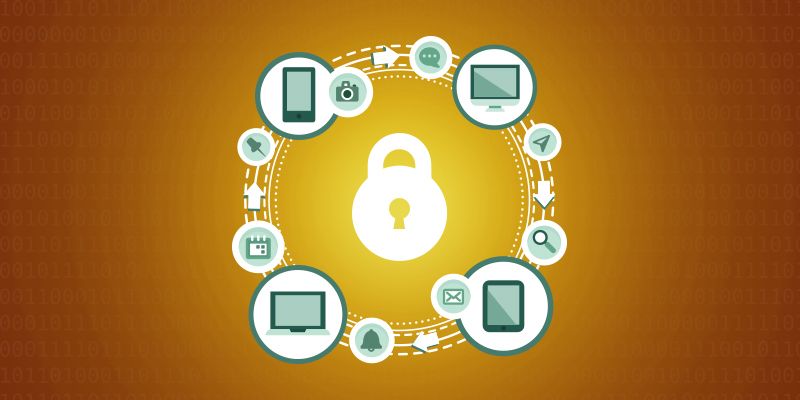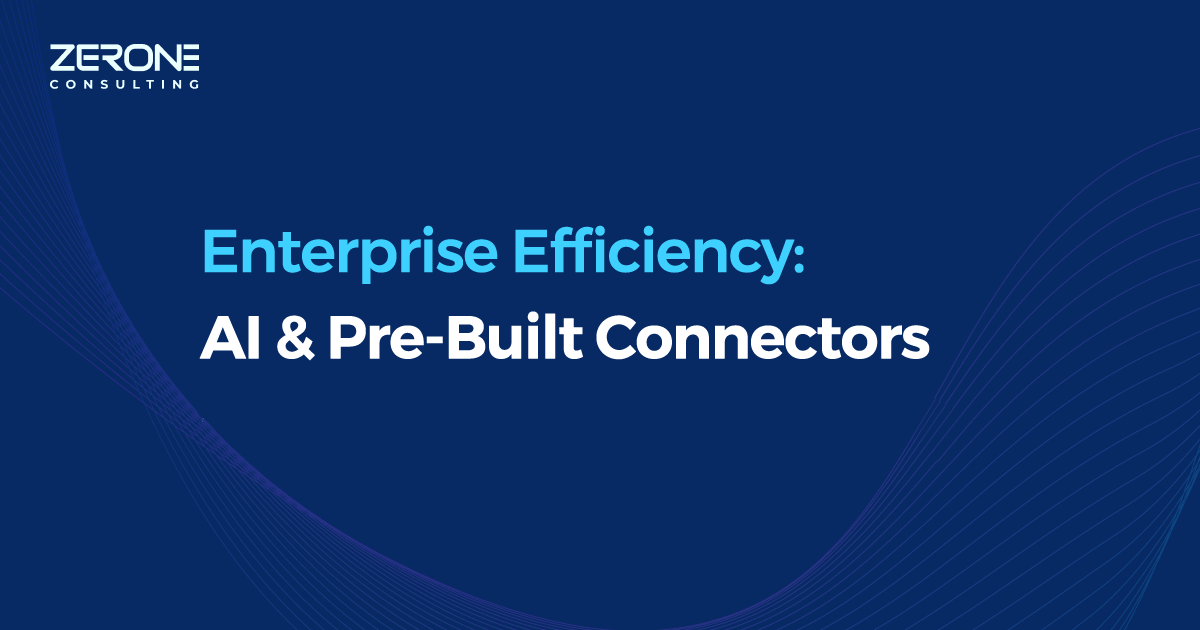Designing an Internet of Things solution: What you need to consider?
After the “.com boom”, the world is witnessing a “fourth industrial revolution” with the Internet of Things. Internet of Things (IoT), in a broader sense, comprises everything connected to the internet, though it is increasingly used to refer to objects that talk to each other.
Internet of Things Simplifiedbold text
While Internet of Things was conceptualized as a technology only recently, the vision of machines communicating with one another has been around for more than 50 years. Internet of Things is not an independent technology. Rather, it is enabled by the presence of several independent technologies which include physical objects, software, and communication infrastructure. The real potential of IoT is its ability to collect and exchange data across interconnected systems or devices, that are embedded with sensors, software, and network connectivity. Data, Networks, and Devices are the three building blocks of IoT. From smart homes to connected cars to intelligent personal assistants, Internet of Things changes the way we live and work. The success of any IoT solution attributes to how the users experience the service without realizing the presence of the technology behind it.
Today, making a smart and connected product is probably at the top of anyone’s to-do list. Businesses use IoT to delight their customers. IoT delivers an enhanced level of experience with improved connectivity and real-time availability of data. Given that Internet of Things is a revolution in customer experience, what are the factors you should consider while designing an IoT solution for your user?

How to delight your customer with your IoT solution?
When you design smart, connected products and ecosystems, you need to take into account the following critical factors:
- Design for the customer, not for the technology: As stated above, Internet of Things is a collection of several independent technologies. Businesses need to understand which technology or combination of technologies are able to meet the requirements of their target audience. Conduct systematic research and understand what customers need, even before they realize that they want it. The experience of “touch” is going to expand further. Gestures, physical body motions, and facial expressions are becoming the natural way of interacting with the digital world around us. Today, the focus is no longer on singular experiences, instead the design should cover a wider ecosystem. Designers must be involved in every stage of production since the design process is all about “designing the entire product experience.”
- Choose your interface with care: When you design a connected product, you will have to deal with a huge amount of data and a variety of contexts. Literally, you should make the vast load of information work for your user. You need to identify which information you need to show the user, when, and how. A wise combination of conversational and contextual interfaces will help you deliver an outstanding customer experience. For example, a message like “You’ve reached your destination. Do you want to turn off the tracker?” will work better than a mere abstract notification like “Turn off”. Today, customers are rapidly transforming into digital enthusiasts. They will come to you, only if you can provide them personalized and tailored service. Designers must rethink and adapt to the interactions of the future. That means, moving a step ahead of personalization by clubbing context with experience. In other words, the IoT product should know the user, identify where the user is, and find out what the user needs. When “Things” adapt to people, it will become fully integrated into their lives.
- Use Microservices architecture: Your IoT solution is not only connected to the cloud. It should be connected to all those platforms from where your customers can benefit. Using Microservices architecture allows your API to integrate with useful third-party applications. Microservices proposes a modular approach that enables you to work on isolated parts instead of the entire API. This in turn allows you to:
- Reuse parts of your app
- Update and maintain your API
- Respond swiftly to the new devices that you want to connect
- Gain real-time insights from the context of the user and guide the user on the next actions
- Have a back-up plan: IoT is an interconnected ecosystem of several things. If one thing goes wrong, it can affect others in the chain. For example, if your smart thermostat loses its connection with your Wi-Fi, your heating system still has to work. Hence, planning an alternative option is vital for the success of IoT. Develop your solution to cope with situations such as lack of internet connection, running on low battery, necessity to limit power consumption, and other similar circumstances.
- Security of Things: IoT is founded on two pillars- simple access and steadfast security. Security is something that you cannot implement suddenly when a crisis happens. Plan your security measures in advance so that you don’t expose your customers to any online hazards. User information must be highly secured and shouldn’t be shared with any third-party applications or devices, unless authorized by the user. Use of smart, “IoT aware” Wi-Fi devices, and multiple layers of protection like firewalls, authentication/encryption, security protocols and intrusion detection/intrusion prevention systems should be in practice. It is vital to plan security features at the initial stages of the design process to build the Internet of Secure Things.
Internet of Things

Choosing IoT Protocol
When selecting the messaging protocols for IoT, you need to approach the challenge on a connection by connection basis. The MQTT protocol is suitable if a device or “thing” is very limited in its power, processing, memory or network capacity. MQTT is a lightweight publish/subscribe messaging protocol, ideal for hybrid mobile development. HTTP protocol is highly admired due to its capacity to extend and scale. HTTP allows multiple connections to download separate elements simultaneously, which speeds up data transfer. Hypertext Transfer Protocol Secure (HTTPS), the secure version of HTTP encrypts data exchange, adding to the security of data. The TCP/ IP protocol supports data exchange between more devices, by standardizing the communication processes. TCP/ IP facilitates a high level of interoperability. It allows computers and devices with different hardware architecture and diverse operating systems to establish seamless communication with each other.
Each of these protocols has its own benefits and use cases in data exchange. The greater opportunity lies in determining how the data is stored and used in the future.
To sum up,
Delivering an IoT product or service marks the beginning of a long, everlasting relationship that you are going to establish with your customer. The customer will expect you to make sure that the product is running without any defects and that you will always implement the measures to improve and enhance its capabilities. Any design that annoys your customer is a bad design that leads to abandoning your product. Today, customers look for personalized and (near) real-time service. While developing the IoT product or service, every customer touch point must be considered. Internet of Things must add value to your customer’s life and work. In that way, you will make your product impossible to ignore.
In our next post, we will discuss how the leading IoT platforms are helping users to build feature-rich IoT applications.
We can help!



